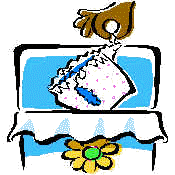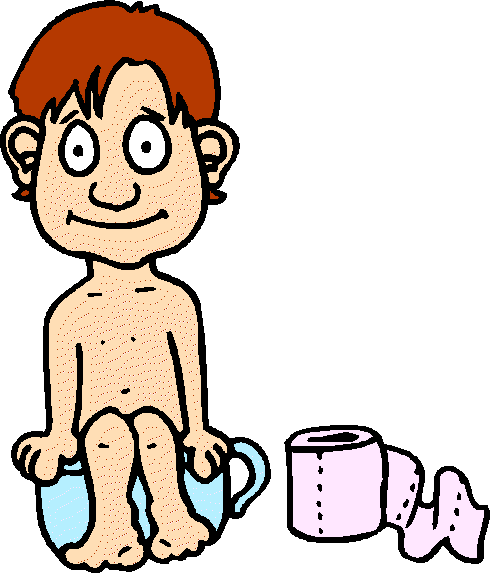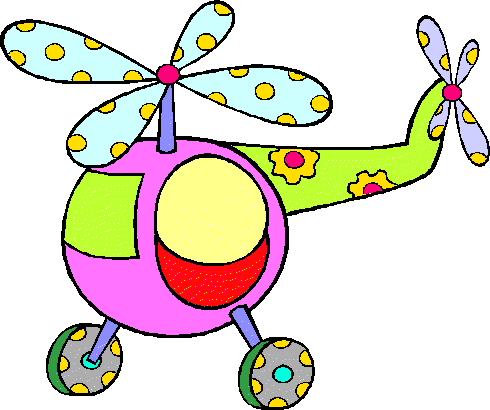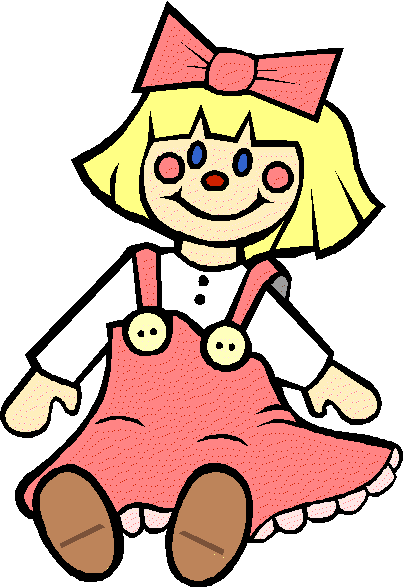TOILET TRAINING AND
BED-WETTING
 Questions about toilet training are more frequently asked than almost any other, perhaps because this developmental issue is most frustrating to parents. The most common time for toilet training is between ages two and four. Dry diapers for two to three hours are the most important indication of readiness. Requests to use the potty should also be followed up, although the requests may only signal bids to be like Mommy or Daddy or to get attention and may give parents false hopes. Questions about toilet training are more frequently asked than almost any other, perhaps because this developmental issue is most frustrating to parents. The most common time for toilet training is between ages two and four. Dry diapers for two to three hours are the most important indication of readiness. Requests to use the potty should also be followed up, although the requests may only signal bids to be like Mommy or Daddy or to get attention and may give parents false hopes.
INITIATING TOILET TRAINING
 Patience, patience, and more patience are your most important allies. Introduce your child to a low potty chair by having him sit on the chair. Boys' chairs will require a deflector to avoid uncomfortable parent showers. You can make the facial expressions that may fit with using the toilet, and some parents find that running the water in the sink is inspiring. Adult demonstrations may help, but mainly you require a combination of good timing and a little luck. Reading to your child while she is on the potty will keep her sitting patiently for awhile. Don't expect performance the first time even if she's asked to use the potty. However, if and when your child accidentally urinates or has a bowel movement, you can hug and praise him enthusiastically. He'll likely get the idea and may ask again, or at least you can keep trying to put him on the potty every two to three hours. If your child resists, take a break for several weeks and try again. The resistance signals that the child isn't quite ready. Patience, patience, and more patience are your most important allies. Introduce your child to a low potty chair by having him sit on the chair. Boys' chairs will require a deflector to avoid uncomfortable parent showers. You can make the facial expressions that may fit with using the toilet, and some parents find that running the water in the sink is inspiring. Adult demonstrations may help, but mainly you require a combination of good timing and a little luck. Reading to your child while she is on the potty will keep her sitting patiently for awhile. Don't expect performance the first time even if she's asked to use the potty. However, if and when your child accidentally urinates or has a bowel movement, you can hug and praise him enthusiastically. He'll likely get the idea and may ask again, or at least you can keep trying to put him on the potty every two to three hours. If your child resists, take a break for several weeks and try again. The resistance signals that the child isn't quite ready.
Using disposable pull-ups is more convenient for you than diapers while toilet training, but cotton training pants are more likely to permit your child to feel the connections between the process of toileting and the outcomes (wet or soiled pants). Summer is an easier time to train children because clothes are less cumbersome and it's simpler to cope with the mess. A little urine on the grass doesn't have to be cleaned up like the stain on your carpet, and the child still has the wet pants to help him know that he could have used his nice potty.
"Summer is an easier time to train children because clothes are less cumbersome and it's simpler to cope with the mess."
REWARDS
   Stickers and stars may be very helpful for initiating toilet training, and even inexpensive small toys may accelerate the process. I helped train one grandson very rapidly on less than ten dollars worth of small toy trucks. We called that game "pee for trucks." Obviously, readiness must come first or all the toys in the world won't work. Stickers and stars may be very helpful for initiating toilet training, and even inexpensive small toys may accelerate the process. I helped train one grandson very rapidly on less than ten dollars worth of small toy trucks. We called that game "pee for trucks." Obviously, readiness must come first or all the toys in the world won't work.
BOWEL MOVEMENT TRAINING
Bladder training almost always happens before bowel training and sometimes it seems to take children a long time to get over the fear of having their first bowel movement in the toilet. Small prizes may really be important to get your child to do that first bowel movement in the toilet. However, after the first success, others are likely to follow automatically without the continued frustration or the prizes.
NIGHT-TIME TRAINING
Nighttime training may follow immediately after daytime training, or night urination or bedwetting may occur for a very long time for your child. It's related to physical readiness and genetics rather than anything you're doing right or wrong. Stickers and stars may help with nighttime training, but scolding and punishments only seem to add more stress to the already tension-provoking problem for your child.
If your child is five and not yet night trained, a new bedwetting alarm called the DRI Sleeper is extremely helpful for sensitizing the child to the need to get up and use the bathroom. That seems to generalize very quickly to natural urination control at night and saves parents and children considerable stress.
©2012
by Sylvia B. Rimm. All rights reserved. This publication, or
parts thereof, may not be reproduced in any form without written
permission of the author. |